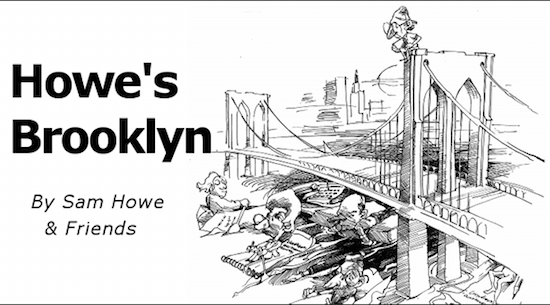Howe’s Brooklyn: A century after completion of the Bridge comes origins of Brooklyn Bridge Park

Screen Shot 2014-05-08 at 10.53.22 AM.png
A neighbor who has called the Heights home since 1971 sends along the following observations.
Let us now praise unsung heroes for their superior intelligence, pure hearts and prescient persistence.
Two examples are Otis Pearsall and Scott Hand, who have written an account called “The Origins of Brooklyn Bridge Park, 1986-1988.” Requiring intelligence and persistence of the casual reader, the report documents with painstaking detail and attribution the events leading to the construction of one of the city’s most transformative projects.
